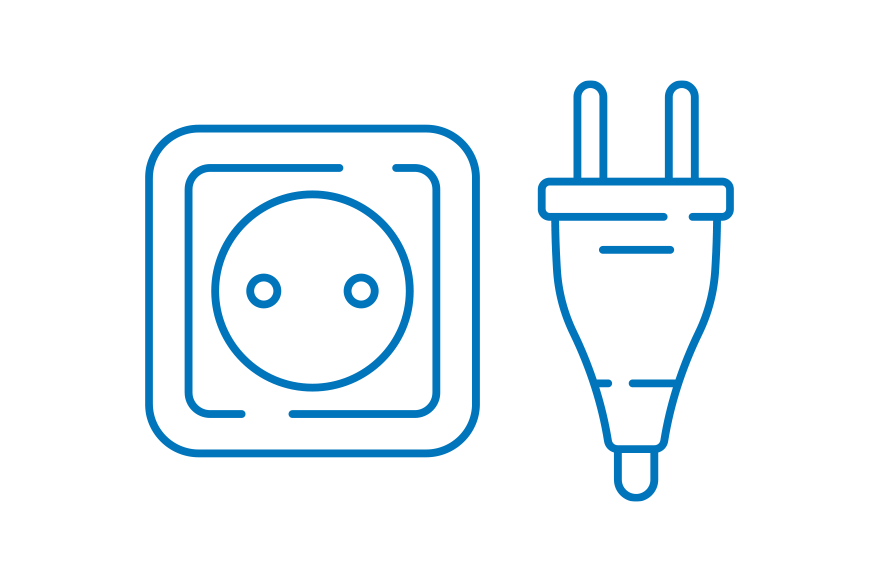Why Do Voltages Differ in Different Countries?
Electricity voltages vary between countries due to historical reasons. When electricity was first introduced, there was no standard voltage or frequency. Countries, therefore, adopted the voltage level of the original equipment installed. For instance, the US uses 120V because this was the voltage level of Thomas Edison’s original DC supply system. Over time, this became the standard voltage.
Why Are Plugs and Sockets Different in Some Countries?
Similarly, plug and socket designs vary because there was no international standard when first developed. Different countries created their methods based on their unique safety concerns, electrical grid capacities, and other factors. These designs then became the national standard.
Electricity and Sockets Used in Bulgaria
Bulgaria uses Type F sockets and operates on a 230V supply voltage and 50Hz. Type F is a round plug with two round pins and two earth clips on the side. It’s also known as “Schuko” and is used widely across Europe.

Should you have further questions, we encourage you to visit the World Plugs resource the International Electrotechnical Commission provides.
Final Tips
Always check your device’s voltage rating to avoid damaging it. A universal adapter with built-in voltage conversion can be a wise investment for frequent travelers. While these are commonly available at airports and larger cities in Bulgaria, purchasing them before your trip is advisable.


